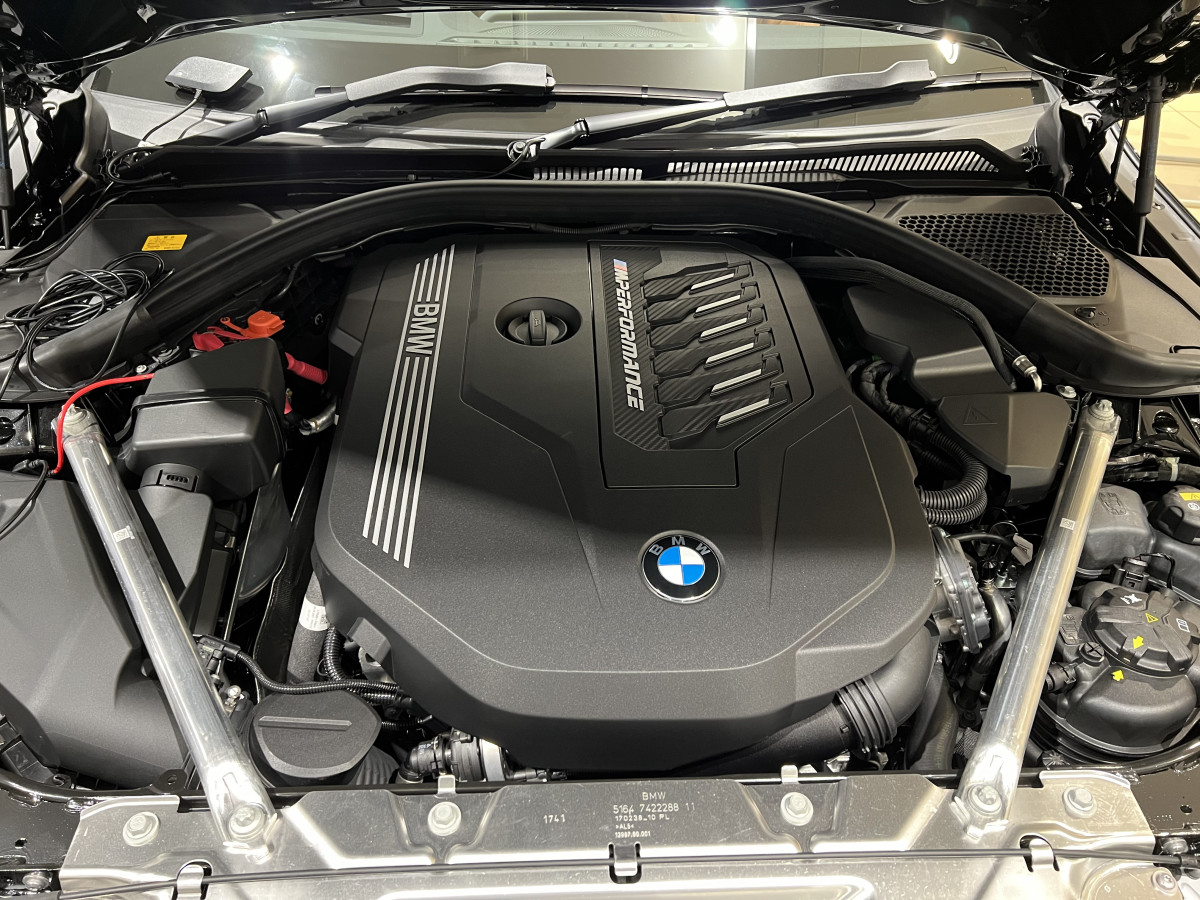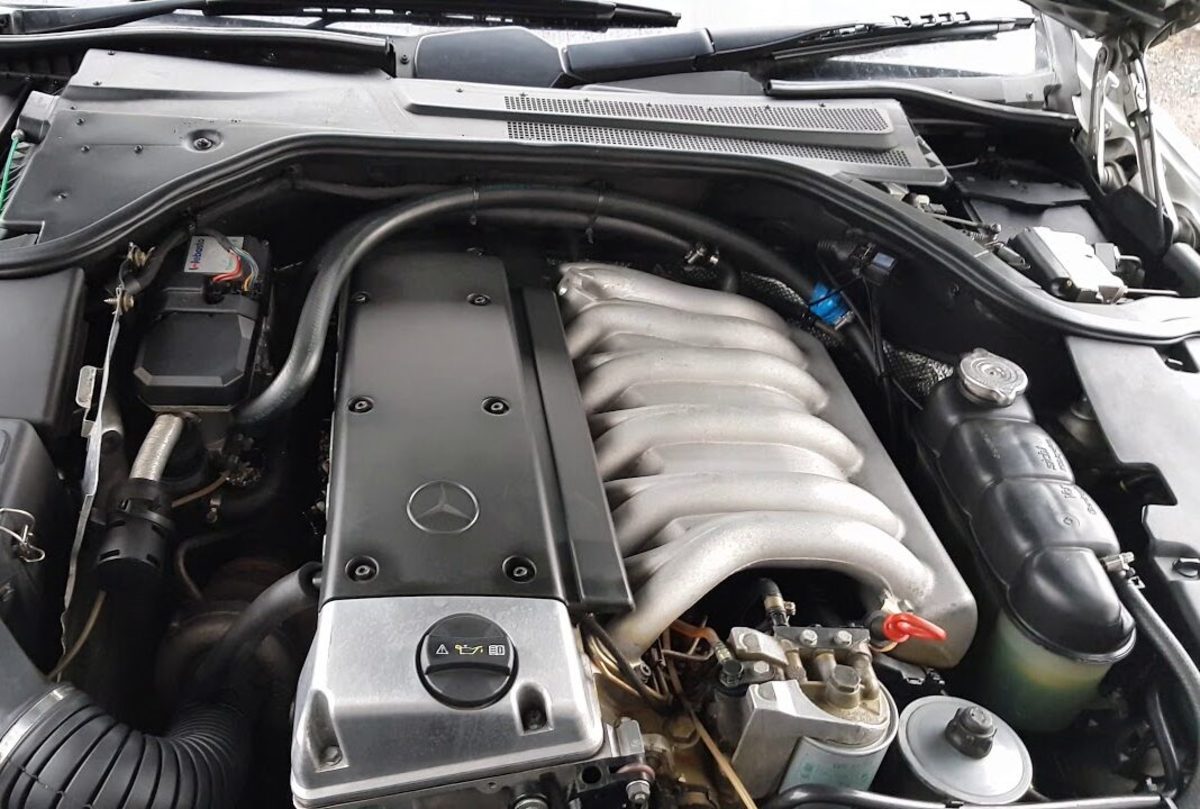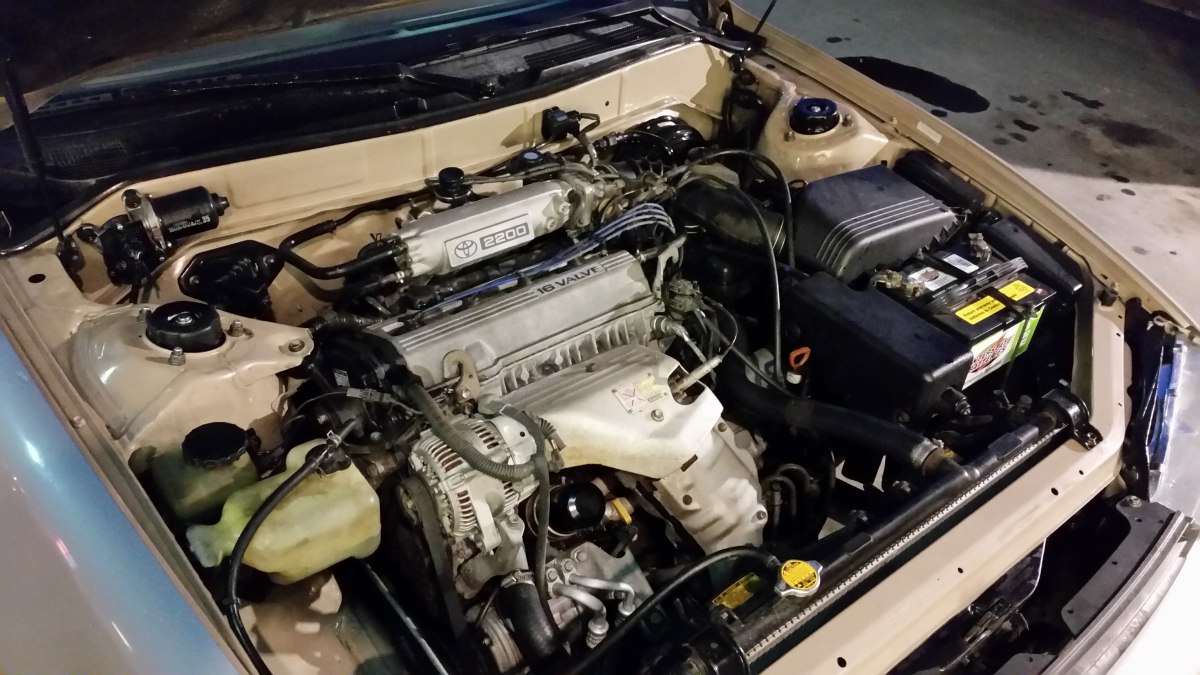Driving the World: A Deep Dive into the Titans Who Built and Redefine the Automotive Industry
The journey of the automobile is a story of human ingenuity, economic transformation, and relentless innovation. More than mere vehicles, cars have been instruments of global change, shaping urban planning, culture, and individual freedom. The corporations behind these machines—the true titans of the automotive industry—have spent over a century competing, evolving, and ultimately, directing the future of mobility.
This comprehensive article explores the enduring legacies of these giants, examining their foundational breakthroughs, their evolution through global crises, and their high-stakes race to dominate the electric and autonomous future.
I. The American Genesis: The Birth of Mass Production
The true foundation of the modern automotive industry was laid in the United States, where entrepreneurial vision fused with industrial process to make the car a reality for the average consumer.
Ford: The Revolution of the Assembly Line
The Ford Motor Company, established in 1903 by Henry Ford, did not invent the car, but it perfected the means of production that made it ubiquitous. Before Ford, cars were handmade luxury goods.
The pivotal moment was the introduction of the moving assembly line in 1913. This revolutionary process slashed the time required to build a Model T from over 12 hours to less than two. The resulting cost reduction was astronomical: the price of the Model T dropped from $850 in 1908 to below $300 by the 1920s. This innovation—known as Fordism—did not just impact manufacturing; it created the modern middle class by providing well-paying factory jobs and making the very products they built affordable, solidifying Ford’s legacy as an economic and industrial architect.
General Motors (GM): The Architect of Choice and Style
Founded in 1908, General Motors introduced a different kind of revolution: consumer segmentation and planned obsolescence. Unlike Henry Ford, who famously offered the Model T in "any color so long as it is black," GM, under the leadership of Alfred Sloan, began offering models for every income bracket (from Chevrolet to Cadillac). This strategy—providing consumers with choice and annual stylistic updates—established the modern business model for the automotive industry.
Key GM innovations have spanned safety, performance, and design, including the first electric self-starter, which made hand-cranking obsolete. Today, GM is shedding its internal combustion history with a bold pivot toward electric vehicles, committing to a future with zero crashes, zero emissions, and zero congestion, highlighted by its new Ultium battery platform and diverse lineup of EVs.

II. The Rise of Global Excellence: Europe and Asia
While the U.S. mastered mass production, companies in Europe and Asia redefined performance, quality, and manufacturing efficiency.
The European Vanguard: Engineering and Status
European firms often focused on blending technological prowess with a sense of luxury and driving engagement.
- BMW (Bayerische Motoren Werke): Since its founding in 1916, BMW has been obsessed with the concept of the "ultimate driving machine." Its focus on refined engines, rear-wheel-drive dynamics, and technological interfaces (like the iDrive system) has cemented its status as a leader in the premium performance sector. In the electric age, BMW is using its "i" sub-brand (e.g., the iX and i4) to bridge high-end motoring with sustainable technology.
- Volkswagen Group (VW): VW’s influence is its sheer scale and diversity. From the iconic, air-cooled Beetle that mobilized generations to its control of high-luxury brands like Porsche, Audi, and Lamborghini, VW’s footprint is immense. The group is now leading a massive transition to electric mobility, using its modular electric drive matrix (MEB) platform to produce millions of ID. series EVs across its brands, arguably the most ambitious electrification push among legacy European automakers.
Japan's Quality Revolution: Efficiency and Reliability
Japanese automakers rose to global prominence in the latter half of the 20th century by addressing weaknesses in Western manufacturing: quality control and fuel efficiency.
- Toyota: Toyota’s enduring success is built on the Toyota Production System (TPS), which incorporates the philosophy of Kaizen (continuous improvement) and Jidoka (automation with a human touch). These concepts led to the "lean manufacturing" model, which became the global gold standard for quality and waste reduction. Toyota’s foresight was demonstrated in 1997 with the introduction of the Prius, which single-handedly popularized the hybrid vehicle and positioned the company as an early environmental leader. Its strategy today involves a multi-pathway approach, including hybrids, EVs, and hydrogen fuel cells.
- Honda: Known for its engineering ingenuity, Honda successfully leveraged the oil crises of the 1970s by offering highly fuel-efficient and reliable compact cars like the Civic. Beyond cars, Honda’s excellence spans motorcycles, power equipment, and even the development of the ASIMO robot and its own jet aircraft, demonstrating a corporate culture built on relentless technological curiosity.
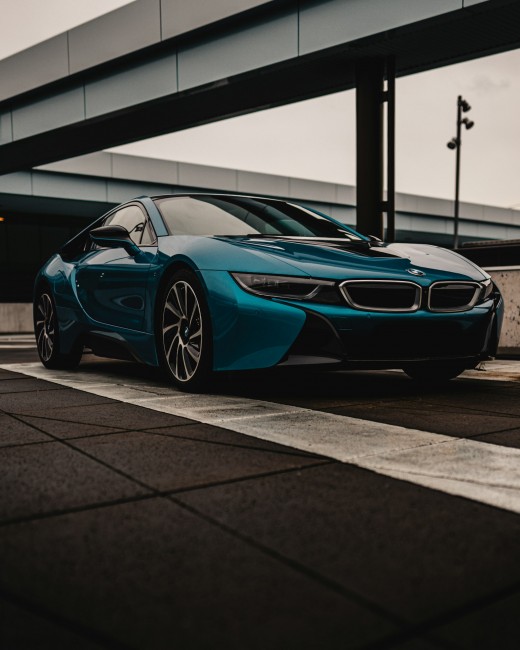
III. The New Disruptors: Software, Batteries, and Connectivity
The 21st century introduced a disruption arguably as profound as Ford's assembly line: the software-defined vehicle.
Tesla: Accelerating the Electric Transition
Tesla, founded in 2003, did not just build an electric car; it built a high-performance computer on wheels. Tesla’s key competitive advantages lie in areas that legacy automakers historically ignored:
- Battery and Powertrain Technology: Developing proprietary battery packs and highly efficient electric powertrains.
- Software Integration: Utilizing over-the-air updates to improve features, performance, and fix bugs—turning the car into an evolving digital device.
- Direct-to-Consumer Model: Bypassing traditional dealership networks, simplifying the purchase experience.
Tesla’s relentless focus on performance, range, and the Supercharger network has made it the catalyst for the entire industry’s pivot, forcing every established titan to rapidly accelerate its EV strategy.
The Rise of Asian EV Innovation
The competition is now global, with Asian firms, particularly those from South Korea and China, rapidly gaining ground.
- Hyundai-Kia Group: Having mastered reliability, the South Korean conglomerate has become a formidable EV competitor, winning global awards with its E-GMP platform and models like the Hyundai Ioniq 5 and Kia EV6. Their strength lies in combining distinctive design with aggressive pricing and advanced 800V fast-charging technology.
- BYD (Build Your Dreams): Hailing from China, BYD is a vertically integrated giant that manufactures its own batteries (Blade Battery), chips, and vehicles. This complete control over the supply chain gives BYD a massive cost advantage, positioning it to become a significant global force, particularly in the mass-market EV segment.
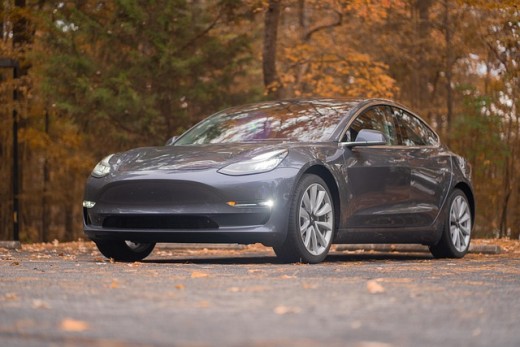
When considering a new vehicle today, which factor from the automotive titans' competition matters most to you?
IV. The Great Race: Challenges and the Future of Mobility
Today’s titans face a complex and high-stakes environment marked by technological convergence and shifting consumer priorities.
The Challenge of Electrification
The shift from the internal combustion engine (ICE) to EV technology requires trillions in capital expenditure and a complete overhaul of century-old supply chains. Challenges include:
- Battery Supply: Securing raw materials (lithium, cobalt, nickel) and building massive Gigafactories.
- Legacy Overheads: Traditional firms must fund their transition while simultaneously maintaining profits from their existing ICE operations—a difficult balancing act.
- Charging Infrastructure: The successful transition depends on widespread, reliable charging networks, a hurdle often outside the manufacturers’ direct control.
The Autonomous Horizon
The next frontier is autonomous driving. This involves integrating sophisticated sensor technology (Lidar, radar, cameras) with high-powered AI and complex decision-making software. The competition here is fierce, involving not only automakers but also technology giants like Google's Waymo. The first company to achieve truly safe and scalable Level 4/5 autonomy will unlock entirely new business models, such as robotaxi fleets, fundamentally changing urban transportation.
Connectivity and the "Car as a Service"
Modern vehicles are evolving into connected platforms. Features like over-the-air updates, subscription services for added features, and integrated entertainment and shopping are creating a new revenue stream—the "Car as a Service" (CaaS) model. Success will require deep expertise in software engineering and data management, areas where traditional automakers are playing catch-up to the digital natives.
Conclusion: An Unwritten Road Map
The titans of the automotive industry—from the classic American innovators and European luxury specialists to the hyper-efficient Japanese firms and the bold new disruptors—have continuously proven their capacity for evolution.
They have not merely responded to consumer demand; they have proactively redefined it, offering the world the freedom, status, and utility that only a personal vehicle can provide. As these giants battle for supremacy in the electric, autonomous, and software-defined future, one thing is certain: the road ahead will be far more dynamic, sustainable, and technologically integrated than anyone could have imagined when the first Model T rolled out over a century ago. Their legacy is not just in the past; it is being written, day by day, on the asphalt of a fast-moving, electric world.
(Disclaimer: This article is for informational purposes only and does not constitute purchasing advice.)






